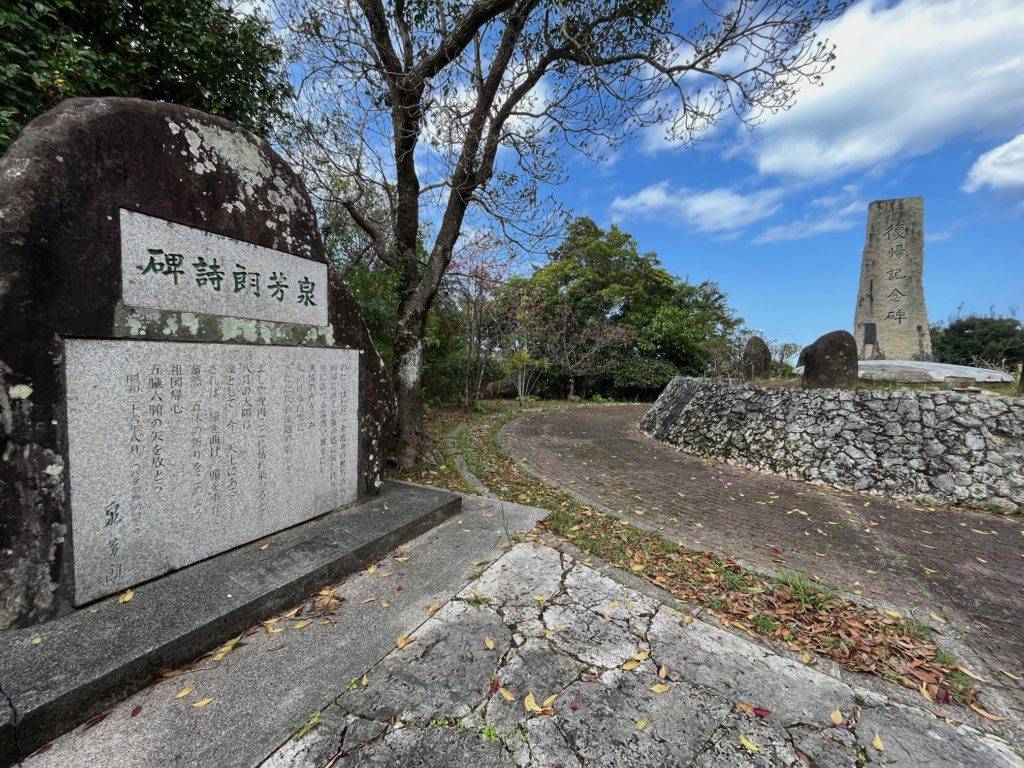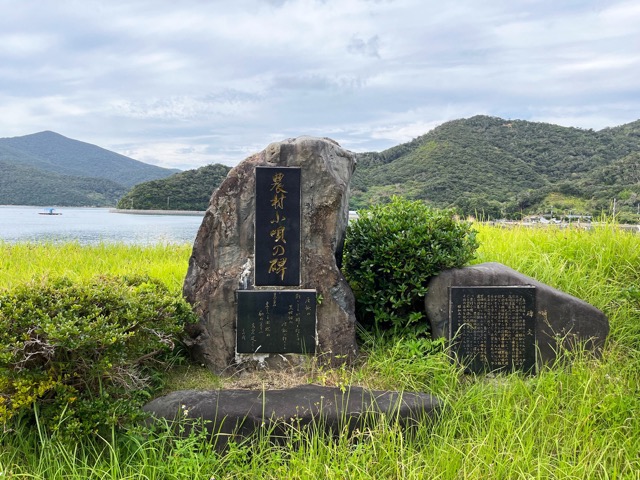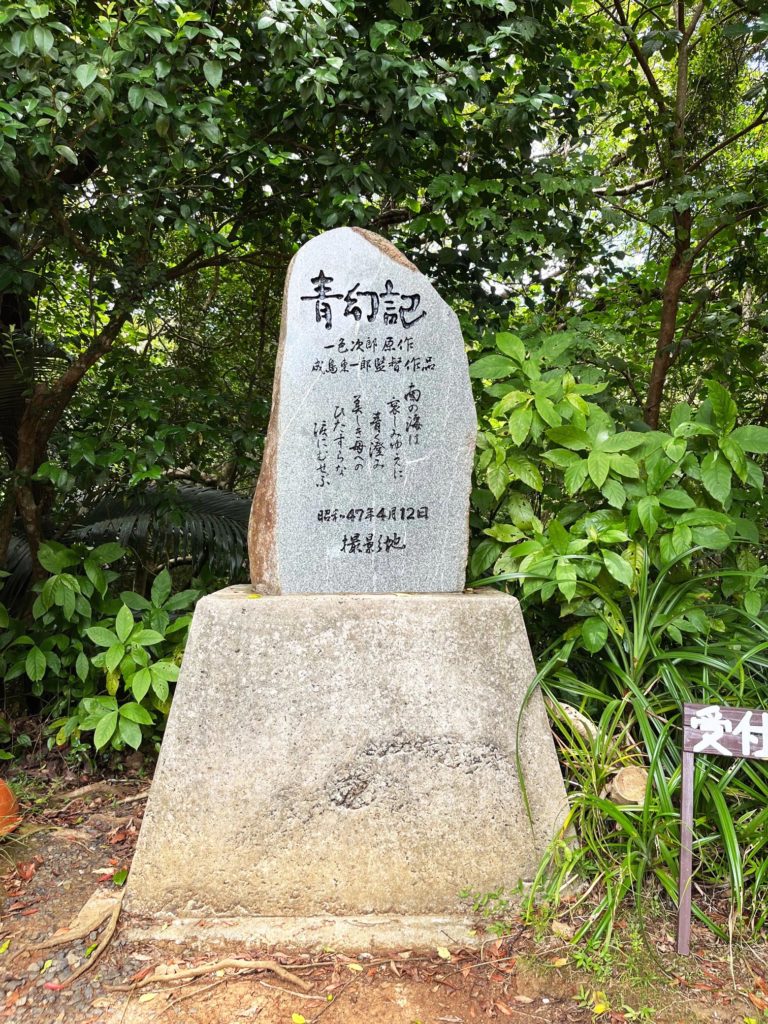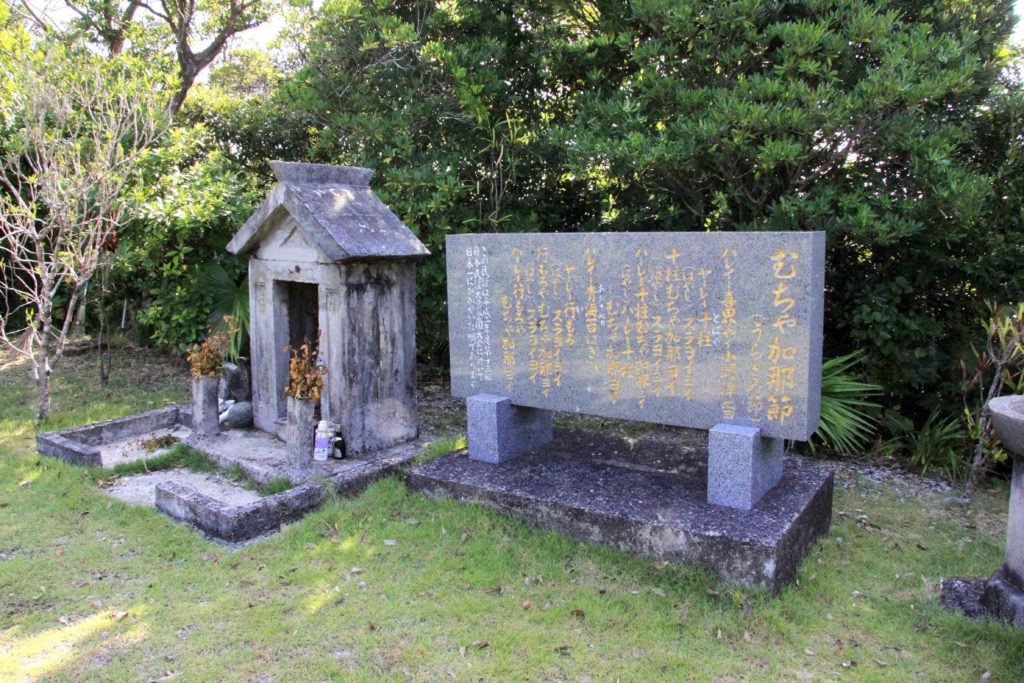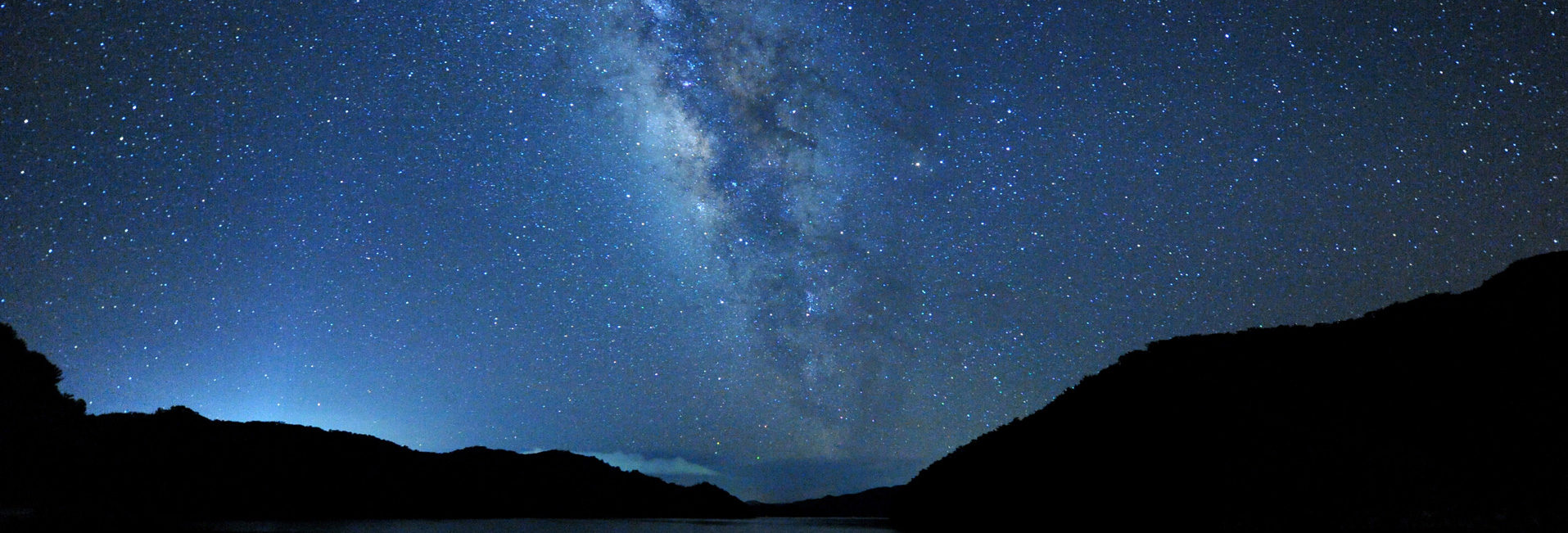
Column
Ariyoshi Sawako
Literary Achievement Monument / Mishima Islands, Kuroshima Island, Osato Village, Kagoshima Prefecture-Ariyoshi Sawako
On the Matter of Remote Islands: a Question to Society
About 90 miles southwest of Kagoshima port, there is an island with an old looming active volcano called Kuroshima. On the eastern tip of the island, with many cliffs and steep slopes, there is a monument dedicated to the author Ariyoshi Sawako. The monument has handwritten text carved into the stone that includes the title of her novel Watashi wa Wasurenai (I Will Never Forget), She lived from 1931 to 1984 and this stone is a monument to celebrate her literary achievements.
After graduating from junior college, Ariyoshi had her literary debut and quickly became a candidate for the Akutagawa and Naoki Prizes for literature. In August of 1958, on assignment as a reporter for a magazine, Ariyoshi traveled by boat for twelve hours, one way, and landed on Kuroshima.to research the island legend of Ubasute. Ubasute, which literally means “abandoning an old woman”, refers to the practice of carrying an infirm or elderly relative to a mountain, or some other remote, desolate place, and leaving them there to die. On the isolated island, she met hard-living villagers and educators. In September 1958, she was deeply moved and wrote in Fujin Koron, “If I have the chance, I will continue to talk about Kuroshima to people in the cities.“ To throw salt on those people who live lazily in our civilization.” Based on her encounters on the island, she started serializing her first newspaper novel Watashi wa Wasurenai (I Will Never Forget) in Asahi Shinbun’s evening newspaper from the following year.
The story is about with a woman who missed her chance to become a movie actress and ends upgoing to Kuroshima after being prompted by coincidentally seeing a photobook. The main character comes to her senses about her own lifestyle after seeing the conditions of Kuroshima’s villagers. Without any wharf, communication equipment, or medical facilities on Kuroshima, schoolteachers struggled to protect the students and villagers while houses and farms were being washed away in typhoons.
Ariyoshi depicted a society where, even while being destitute, people were living sturdily and, along with the main character, brought awareness to the concept that “rural areas should never be forgotten.” Later, the articles became a book and also became a movie with the same title, opening to the public in 1960 via Shochiku. The name of Kuroshima had become well-known to the entire nation.
Ariyoshi was raised in Java (currently Indonesia) from the age of 6 to 10, due to her father’s change of post. She was then devoted to Japanese classical theatre and also wrote a novel.
In working with theatre, she managed the stage adaptation and production of the play Narayama Bushiko by Fukazawa Shichiro when it was performed at the kabuki theatres and it was through this play that she became aware of the Ubasute story. Although she became interested in Fukazawa’s Ubasute story and finally visited Kuroshima, it is said that she gradually lost her interest in exploring the island.
However, Ariyoshi never forgot her strong feelings about the problems of remote islands throughout her career that started with her novel Watashi wa Wasurenai (I Will Never Forget). In 1967, she released a novel called Umikura (The Dark Ocean)about Mikurajima in Tokyo, a candidate site for the Mito airplane firing range.
Additionally, in 1980, she vigorously reported on 16 different islands in a literary magazine from Hokkaido down to Okinawa in Nihon no Shimajima, Mukashi to Ima (Japanese Islands, Then and Now ). Sawako Ariyoshi’s consciousness of social issues are directly connected to her celebrated masterpieces Koukotsu no Hito (The Twilight Years) and Fukugo Osen (The Complex Contamination).
Ariyoshi lived her life whole-heartedly as a best-selling author, screen-writer, and play director. In grieving for her untimely early death at 53 years old, people built a stone monument in Osato Village, Kuroshima, that looks as though it were carved on the side by the boisterously loud white-crested waves.
<References>
Ariyoshi Sawako “Ubasutejima wo Tazunete” (Fujin Koron, September issue, September 1958)
Ariyoshi Sawako “Watashi wa Wasurenai” (Chuo Koronsha, 1960)
Senume Shigeki “Ariyoshi Sawako Anthology, Monthly Report 10, First Newspaper Novel Era” (Shinchosha, 1971)
Mushimamura Yakuba “Koho Mishima” (March through December, 1992)
Shincho Nihon Bungaku Album “Ariyoshi Sawako” (Shinchosha, 1995)
“World of Ariyoshi Sawako” (Kanrin Shobo, 2004)
“Wasurerareta Shima” (Iwanami Shasin Bunko Fukkokuban, 2008)
<Monument data>
Height: 2 meters (about 7 ft.)
It was built in 1992 in Mishimamura by villagers and was sculpted by Kagoshima’s Take Michihisa. Located in Mishima Islands, Kuroshima Island, Osato village.

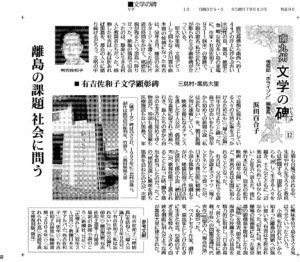
Posted on Minami Nihon Shinbun ”Southern Kyushu Bungaku no Ishibumi(Monument of Literiture)” December 4th, 2022
